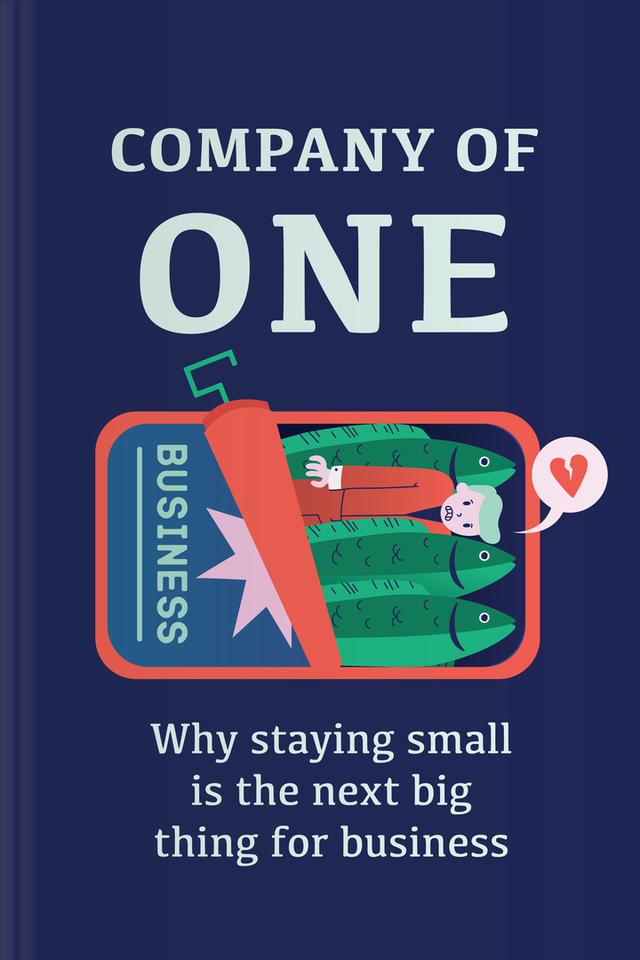You’ll learn
- Why bigger isn't always better
- How autonomy boosts performance
- What customer success really means
- About the resilience factor
russia has launched a full-scale war in Ukraine. Donate to support Ukraine and protect the world’s peace.

first KEY POINT
“The bigger the better” is one of the principles that has found its way into the heart of the business world. If you want to expand your customer base, hire more staff. If you want to become a global brand, open more offices in buzzing cities around the world. If your revenue is nothing near what you had envisioned, pour more money into advertisements, or better still, invest all your resources into finding a grandiose product.While all these approaches are logical solutions to the problems highlighted, history has shown that they might not be a viable long-term solution. Such moves could probably backfire later — you might need to reconsider your ill-advised reliance on growth as the remedy for your business woes.
Paul Jarvis believes that the current gravitation toward growth is the bane of the business world. As such, he argued: Why hire new employees when you could restructure the workload and adopt technology to automate repetitive tasks? Here, he introduces the “Company of One” concept, which is a deliberate strategy to remain small.As counterproductive as this sounds, there is truth in the assertion that growth is not always the right strategy. Being small would allow you a level of autonomy that executives in large corporations are lacking. It would also help increase your company’s resilience and efficiency.
Therefore, the company of one approach is an effective business model that will let you imprint your core values into your business, thereby giving birth to a lean and agile company that could weather diverse economic climates. This blueprint follows three vital phases — start small, controlled growth, and continuous learning. Read on to find out how you can leverage this simple, but highly effective blueprint in your business.
second KEY POINT
The concept of more, as iterated in the previous chapter, has come to define the major solution inclination of business owners and corporations. One of the reasons why some businesses do not take off is that executives are no more content with starting small. Rather than capitalize on the flexibility that humble beginnings avail, they prefer to jump straight into the deep end. And so, even before the business begins to take off, it is already collapsing.Furthermore, Paul Jarvis noted that the company of one model does not necessarily refer to startups and entrepreneurs. Successful organizations incorporate the model for vital and creative departments.There are four essential traits of the company of one model:
• Autonomy
• Resilience
• Simplicity
• SpeedResilience is a trait that every business model should exhibit. It ensures that the company does not subject all of its decisions to wishful thinking. As such, resilient companies explore solutions that take into account the current economic tides.Autonomy, on the other hand, helps an individual side step the creative limitations of bureaucratic systems. This company of one trait gives an executive or entrepreneur the choice of working at his or her pace.Once autonomy and competence are in place, it becomes easier for you to look for more efficient ways to do things, which will, in turn, boost your speed. Similarly, the company of one concept relies strongly on your ability to revel in the realm of simplicity. In other words, you must cut off growth that might increase the complexity of your business.Having trimmed off the operations or growth that induce clutters, it becomes easier to focus on the things that matter — which is satisfying your customer. Note here that your primary obligation as a business owner is to cater to the needs of the clients you have presently, and not the millions out there that you wish to have.

Continue reading with Headway app
Continue readingfirst KEY POINT
second KEY POINT
third KEY POINT
fourth KEY POINT
fifth KEY POINT